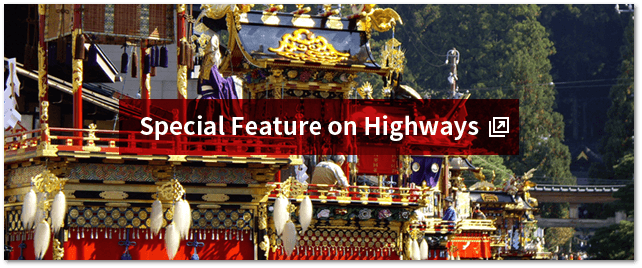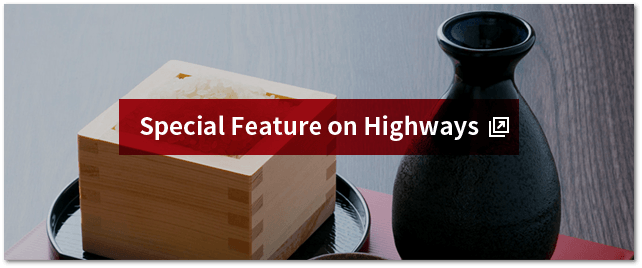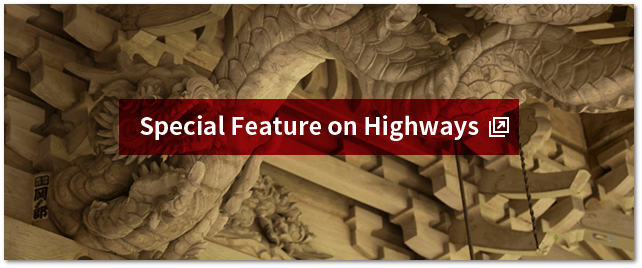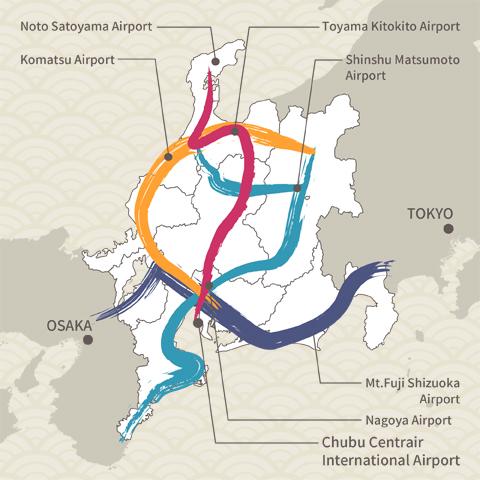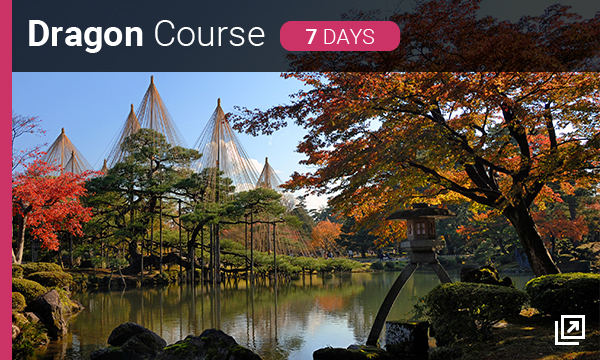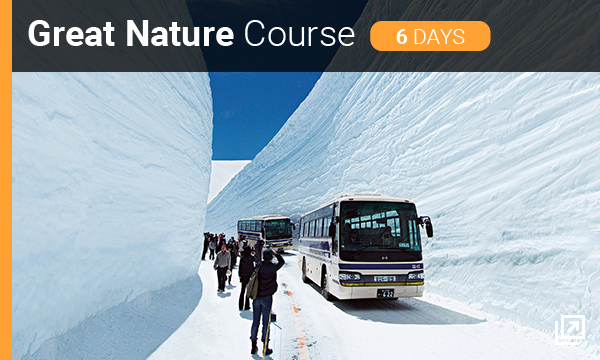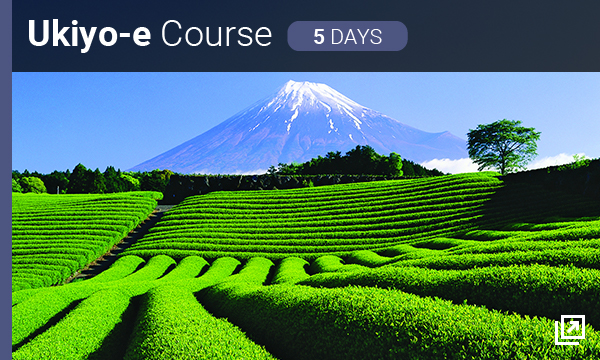Eiheiji Temple


Recommended activities and seasons


Encounter History and Tradition:Historic building / Buddhist training

Spring / Summer / Autumn / Winter
A quiet, sacred place where one’s heart is touched by the sight of monks in training.
In 1244, at the age of forty-five, Dogen Zenji founded Eiheiji, the head temple of the Soto sect of Zen Buddhism, in Echizen Province (present-day Fukui Prefecture) at the request of Hatano Yoshishige. Originally called Daibutsuji, the temple’s name was changed to Eiheiji two years later. Eiheiji is the main training monastery of the Soto sect, and it has developed a long history as a center for training priests in Zen meditation.
Right up to the present day, trainee monks have continued their practices in accordance with the strict rules laid down by Dogen Zenji. The trainees rise early in the morning and perform various duties until night comes, including religious services, zazen meditation, and the collecting of alms. At present, approximately 150 monks are exclusively devoted to the training regimen at Eiheiji.
The broad temple grounds cover approximately 330,000 square meters, set within a forest of Japanese cedars, some of which are said to be as much as 700 years old. Their silent presence creates a space that cleanses the heart, even for those who are not engaged in monastic training.
Worshippers from every part of Japan visit Eiheiji, and facilities for believers are always available at the temple and in the adjacent town.
Forget the hustle and bustle of daily life and put your heart at ease by doing zazen and transcribing sutras.
The more than seventy structures atEiheiji include seven main buildings: the Sammon (gate), the Butsuden (Buddha hall), the Hatto (lecture hall), the Sodo (meditation hall), the Kuin (kitchen), the Yokushitsu (bath), and the Tosu (toilet). Eiheiji is thus said to be a complete seven-structured temple compound. This arrangement is said to replicate the posture of a monk doing zazen, so that the Zen training is conducted in a setting that is perfectly captured by the phrase “deep mountains and dark valleys.” At Eiheiji, visiting worshippers can directly experience Zen training, including zazen and sutra transcribing. It is a chance to isolate yourself from the hustle and bustle of daily life and put your heart at ease. You can also experience Zen training at Eiheiji by staying overnight and following the same daily routine as the trainee monks.(Advance reservations are required.) We also recommend that you try “Ichi-monji shakyo.” the transcribing of just a single character from among the 266 characters of the Heart Sutra. Once all 266 characters have been transcribed, with each person copying just that one character with single-minded devotion, the assembled sutra is presented to Eiheiji. Some restaurants in the adjacent town serve shojin ryori, the traditional vegetarian cuisine of the Buddhist monks, so give them a try. In the Soto sect, eating itself is a form of training. Soto etiquette says that one should eat without making any noise. See if you can do it.
Eiheiji Temple
Address |
5-15 Shihi, Eiheiji-cho, Yoshida-gun,Fukui Prefecture |
Hours |
8:00 am to 5:30 pm (May–Oct.)
8:30 am to 5:00 pm (Nov.–Apr.) |
Closed |
Open daily |
Cost |
Entrance fee: 500 yen |
Phone |
0776-63-3102 |
Access |
By Kyofuku Bus from Echizen Railway Katsuyama–Eiheiji Line Eiheiji-guchi Sta. to Eiheiji, about 15 min, then walk for about 5 min |
Web site |
https://daihonzan-eiheiji.com/ |


Other Spots

-

Kurobe Gorge

Toyama

Natural Scenery
Onsen
Exercise
Spring
Summer
Autumn
-
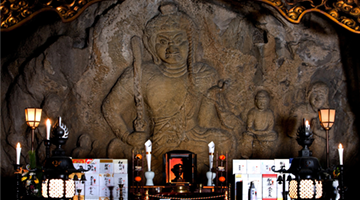
Oiwasan Nissekiji Temple

Toyama

Natural Scenery
History and Traditions
Onsen
Spring
Summer
Autumn
-
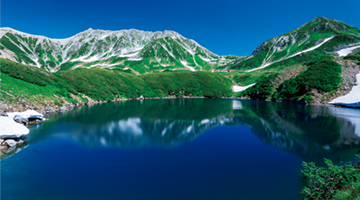
Tateyama Kurobe Alpine Route

Toyama

Natural Scenery
History and Traditions
Onsen
Exercise
Spring
Summer
Autumn
-
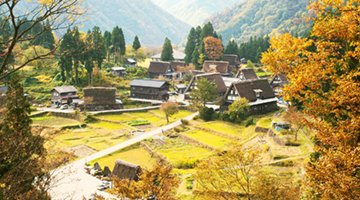
Gokayama

Toyama

History and Traditions
Spring
Summer
Autumn
Winter
-

Shirayama Hime Shrine

Ishikawa

Natural Scenery
History and Traditions
Exercise
Spring
Summer
Autumn
Winter
-
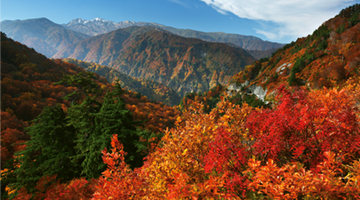
Hakusan Shirakawa-go White Road

Ishikawa

Natural Scenery
Exercise
Spring
Summer
Autumn
-
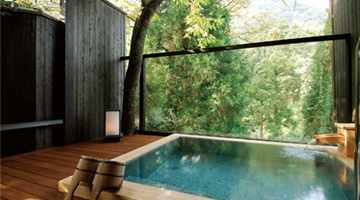
Kaga Hot Spring Village

Ishikawa

Onsen
Spring
Summer
Autumn
Winter
-

Eiheiji Temple

Fukui

History and Traditions
Spring
Summer
Autumn
Winter
-
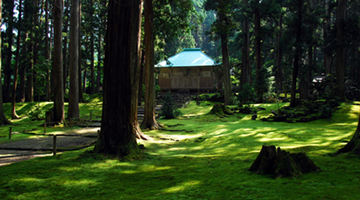
Hakusan Heisenji Shrine

Fukui

History and Traditions
Exercise
Spring
Summer
Autumn
-
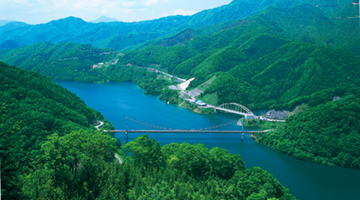
Lake Kuzuryu

Fukui

Natural Scenery
Spring
Summer
Autumn
-
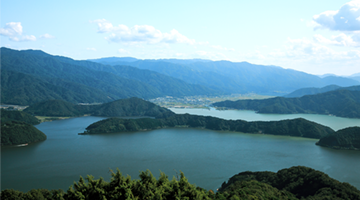
Rainbow Line Summit Park

Fukui

Natural Scenery
Exercise
Spring
Summer
Autumn
Winter
-
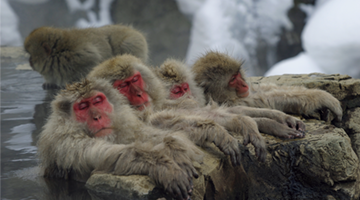
Jigokudani Yaen-Koen

Nagano

Natural Scenery
Spring
Summer
Autumn
Winter
-
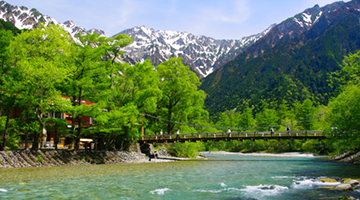
Kamikochi

Nagano

Natural Scenery
Exercise
Spring
Summer
Autumn
-

Togakushi Kodo

Nagano

Natural Scenery
History and Traditions
Exercise
Spring
Summer
Autumn
Winter
-
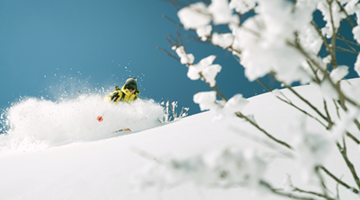
HAKUBA VALLEY

Nagano
-

Heavens Sonohara

Nagano

Natural Scenery
Exercise
Spring
Summer
Autumn
Winter
-

Akasawa Natural Recreational Forest

Nagano

Natural Scenery
Exercise
Spring
Summer
Autumn
-
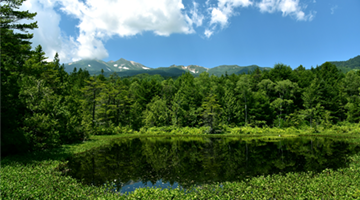
Norikura Highlands

Nagano

Natural Scenery
Onsen
Exercise
Spring
Summer
Autumn
Winter
-
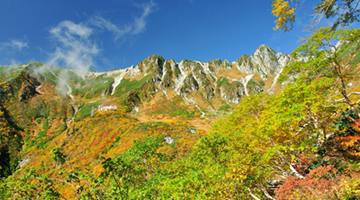
Senjojiki Cirque

Nagano

Natural Scenery
Exercise
Spring
Summer
Autumn
Winter
-
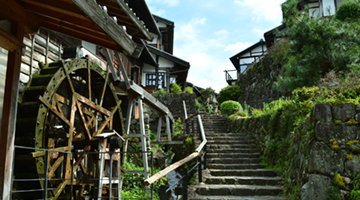
Magome-juku

Gifu

Natural Scenery
History and Traditions
Exercise
Spring
Summer
Autumn
Winter
-

The Waterfalls of Osaka

Gifu

Natural Scenery
Exercise
Spring
Summer
Autumn
Winter
-
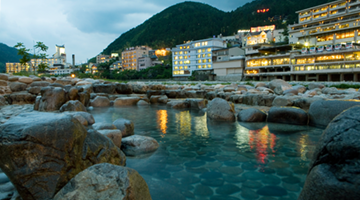
Gero Onsen

Gifu

Onsen
Spring
Summer
Autumn
Winter
-
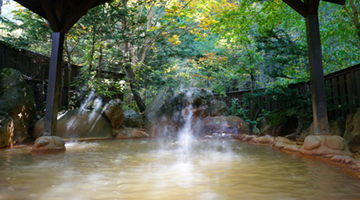
Okuhida Hot Spring Village

Gifu

Onsen
Spring
Summer
Autumn
Winter
-

Shinhotaka Ropeway

Gifu

Natural Scenery
Onsen
Exercise
Spring
Summer
Autumn
Winter
-
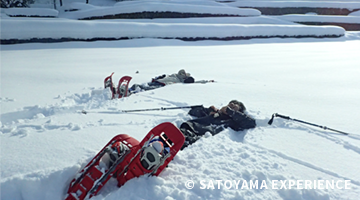
SATOYAMA EXPERIENCE

Gifu

Natural Scenery
Exercise
Spring
Summer
Autumn
Winter
-

Yoro Park

Gifu

Natural Scenery
Exercise
Spring
Summer
Autumn
Winter
-
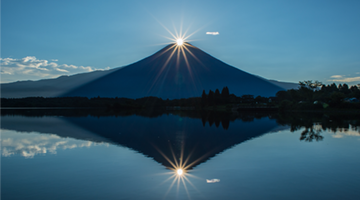
Mount Fuji

Shizuoka

Natural Scenery
History and Traditions
Exercise
Spring
Summer
Autumn
Winter
-
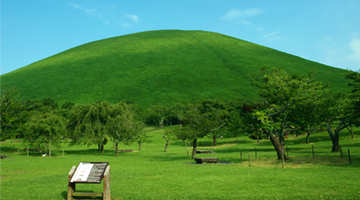
Izu Peninsula Geopark

Shizuoka

Natural Scenery
Exercise
Spring
Summer
Autumn
Winter
-
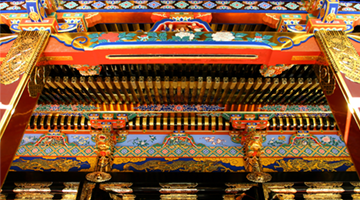
Kunozan Toshogu Shrine

Shizuoka

History and Traditions
Spring
Summer
Autumn
Winter
-
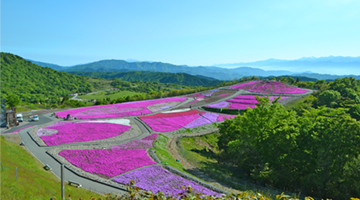
Chausuyama Highlands

Aichi

Natural Scenery
Exercise
Spring
Summer
Autumn
Winter
-
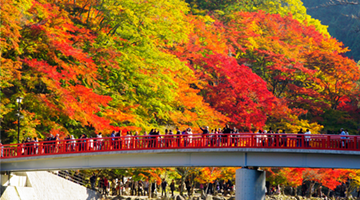
Korankei Gorge

Aichi

Natural Scenery
Exercise
Spring
Summer
Autumn
-
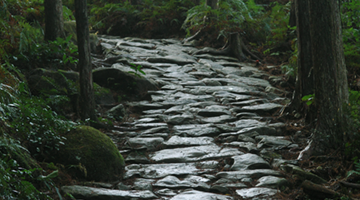
Kumano Kodo Pilgrimage Routes

Mie

Natural Scenery
History and Traditions
Exercise
Spring
Summer
Autumn
Winter
-

Mount Asama

Mie

Natural Scenery
History and Traditions
Exercise
Spring
Summer
Autumn
-
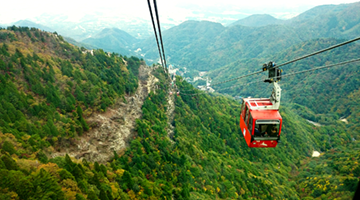
Mount Gozaisho

Mie

Natural Scenery
Exercise
Spring
Summer
Autumn
Winter
-
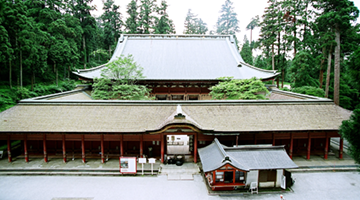
Enryakuji Temple on Mount Hiei

Shiga

History and Traditions
Spring
Summer
Autumn
Winter
-
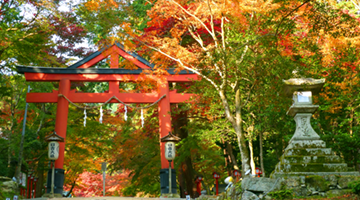
Hiyoshi Taisha Shrine

Shiga

History and Traditions
Spring
Summer
Autumn
Winter
-
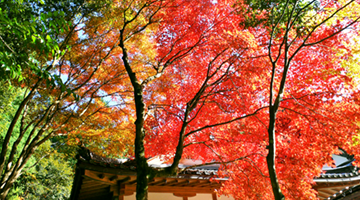
Kotosanzan

Shiga

History and Traditions
Spring
Summer
Autumn
Winter

See Other Routes

The Four Shoryudo Routes





























































